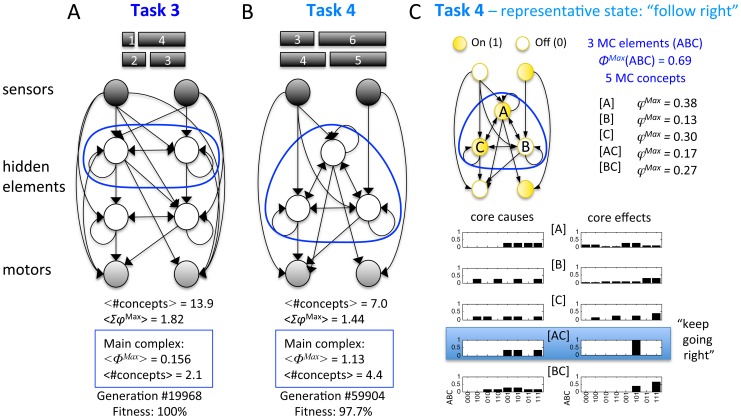Figure 5. Wiring diagrams of fittest animats in Task 3 and 4.
(A) In Task 3, perfect fitness was achieved temporarily in one LOD only. The fittest evolved animat had 4 hidden elements; two of them form a main complex. <#concept>, <ΣφMax>, and <ΦMax> are averages across all states experienced by the animat while performing the task weighted by probability of occurrence of each state. Note that this perfect Task 3 animat developed a very large overall number of concepts and high <ΣφMax>, while its MC values are comparable to Task 1/2 animats with perfect fitness and integrated MCs (Fig. 4C). (B) In Task 4, the fittest animat achieved a fitness level of 97.7%. The animat's hidden elements formed a main complex in all experienced states. Shown is the largest MC consisting of all 3 evolved hidden elements. In some states, however, the MC was comprised of only two hidden elements. Note that the average number of MC concepts was higher than the maximal number of 3 MC elements, which means that the main complex gave rise to higher order concepts. (C) Conceptual structure of the animat shown in B, for one representative state. This state is active, whenever the animat follows a block to the right (right sensor and motor are on). The animat's conceptual structure comprises 5 MC concepts, the elementary concepts A, B, and C and the 2nd order concepts AC and BC. The cause-effect repertoires of the MC concepts are always about the elements within the main complex (ABC). Nevertheless, some concepts allow for interpretation from an extrinsic point of view: the higher order concept AC = 11, for example, specifies that coming from any of three possible past states (ABC = 001, 101, or 111), the next state of ABC will again be 101. Since this state is associated with switching the right motor on, the concept AC can be interpreted as “keep going right”. Interestingly, in the state associated with “follow left” (not shown), a corresponding 2nd order concept AB = 11 exists, which can be interpreted as “keep going left”.

